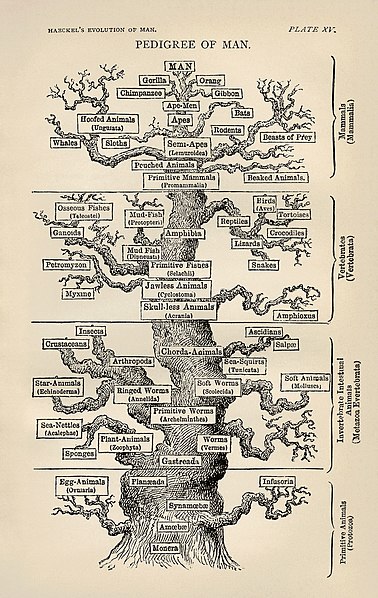 From Steve Meyer’s Darwin’s Doubt:
From Steve Meyer’s Darwin’s Doubt:
Germ-cell formation has indisputable evolutionary importance. To evolve, a population or a species must leave offspring; to leave offspring, species of animals must generate primordial germ cells. No PGCs, no reproduction; no reproduction, no evolution.

One might expect, therefore, that if a group of animals is all derived from a common ancestor (with a particular mode of gamete production), then the mode of germ-cell formation should also be essentially the same from one animal species to the next in that group. Furthr assuming the common ancestry of all animals, our expectation of homologous modes of germ-cell formation among the animals ought to be higher than for any other tissue type, cell line, or mode of development. Why? Because mutations affecting the developmental mechanisms that govern PGC formation inevitably disrupt successful reproduction. Again, if a species cannot reproduce, it cannot evolve.
Thus, similar groups of animals—indeed, all animals, if they have descended from a common ancestor—ought to be congruent with the trees derived from other such fundamental characteristics (such as body-plan symmetry, mode of development, number of primary tissues, and so forth).

But the mode of germ-cell formation is nearly randomly distributed among the different animal groups, making it impossible to generate a coherent tree based on this characteristic, let alone making any comparison between such a tree and the canonical tree. (p. 127)
Follow UD News at Twitter!